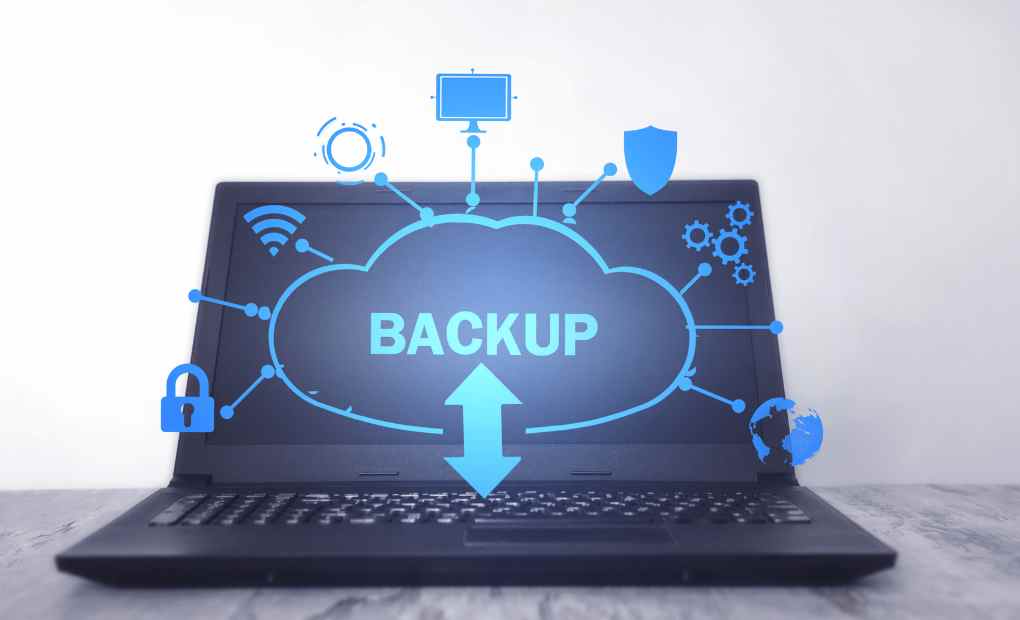Differences Between Backup and Replicated Data
Back-up is based on saving a copy of the current state of the machine. This is usually done with a certain periodicity to guarantee the least possible loss of data and services.
Once the backup is created, it is usually sent to another system to minimize the risk of losing them, generally to a server expressly dedicated to this functionality.
Data replication is based on two synchronised servers in real time and maintains an identical state. This allows us a much more immediate response to specific incidents. Although mirroring is a much more expensive method, since it requires two or more servers, it gives an almost immediate response when the primary server is down.
Data protection solutions
Since the new General Data Protection Regulations came into force, more companies and organizations have shown their need to protect their information and grant privacy to the corresponding data. Added to all this is the concern to protect information through social networks and comply with the large number of regulations that have emerged regionally and state-wide.
Also Read: Protect the Information on your Device
The impact of this regulation is more than evident in organizations, and the increased requirements regarding data protection give rise to more comprehensive approaches, such as disaster recovery.
What are the Backup or security copies?
Establishing backup copies for your information is vital for the continuity of your business. The reality of cybersecurity is that even with adequate perimeter security, the risk of suffering data hijacking or encryption attacks is always latent. Intelligent backup solutions allow you to have a rescue plan in the event of a disaster.
What is data replication?
Data replication solutions allow you to copy and keep the data updated in different notes, offering special data protection for your business information systems and allowing you to undertake recoveries to points immediately before the physical or virtual disaster your storage may suffer.
Advantages of data replication compared to backup
The advantage of replication over Backup is that recovery times are much faster. Of course, the disadvantage of replication compared to Backup is that it is not a solution that protects against viruses, corruptions or losses.
Being simply a replica, it replicates the entire server as it is; if it has viruses, corrupt files or has suffered losses as will copy it. In addition, there is no possibility of recovering historical data.
The main benefit of Backup compared to replication is that it is by locating that copy on a device other than the original; if it suffers an incident, we guarantee to have an optimal duplicate made previously in an independent array.
This is essential as a ransomware cybersecurity solution. In addition, it is possible to store as much history as is needed while adding new backups.
Anti-disaster recovery is the key to continuity in your business.
The continuity of your business depends on having a good disaster recovery plan that includes solutions that allow you to restore data, hardware and software. Today, disaster recovery solutions are capable of executing fast recoveries to points immediately before the disaster or encryption.
The complete solution is at your fingertips
At Emetic, we have more than 20 years of experience and offer you the best technological solutions for your company. If you are looking for a complete solution establishing backup and data replication and an anti-disaster recovery plan, count on our help.
Also Read: What is Data Sanitization

